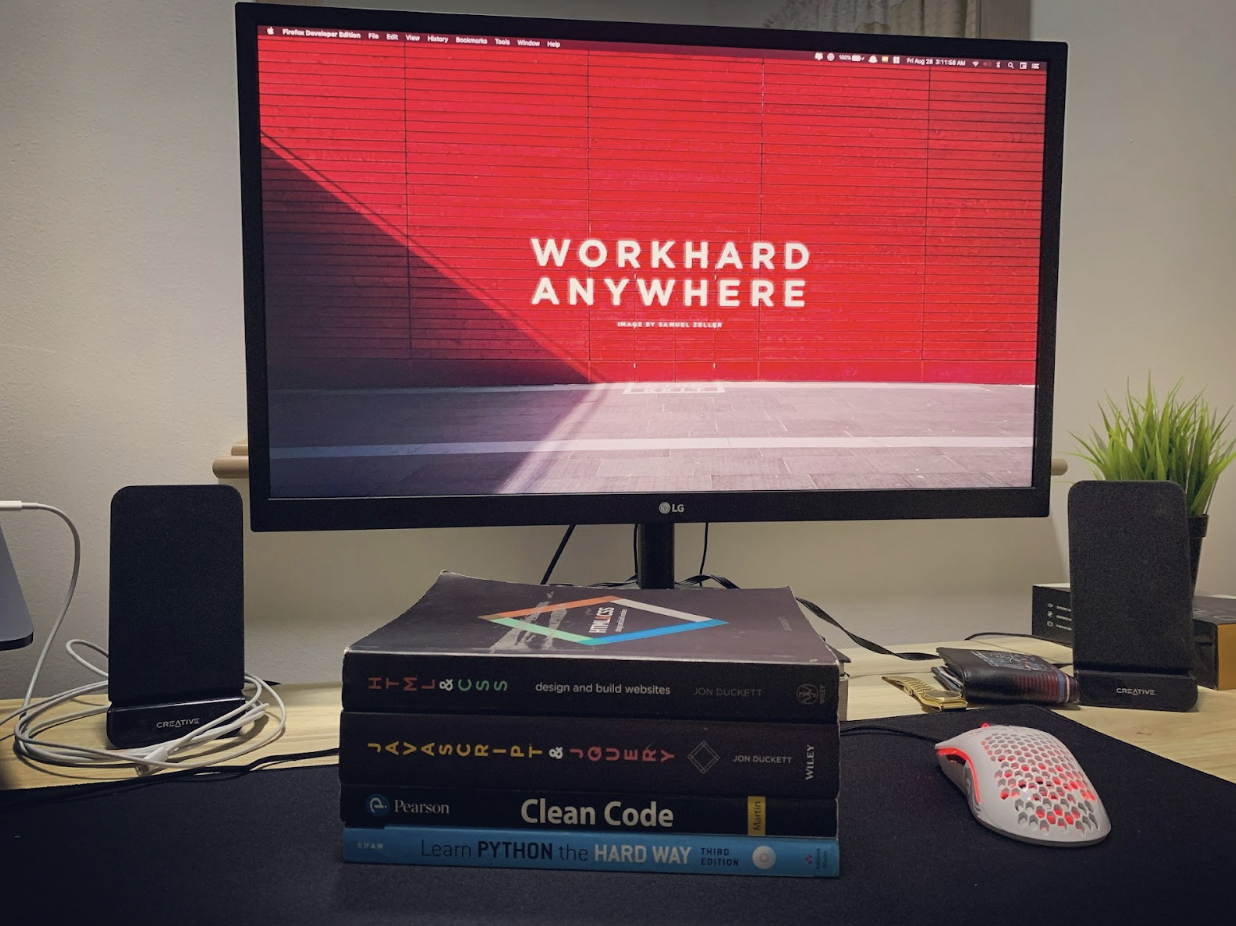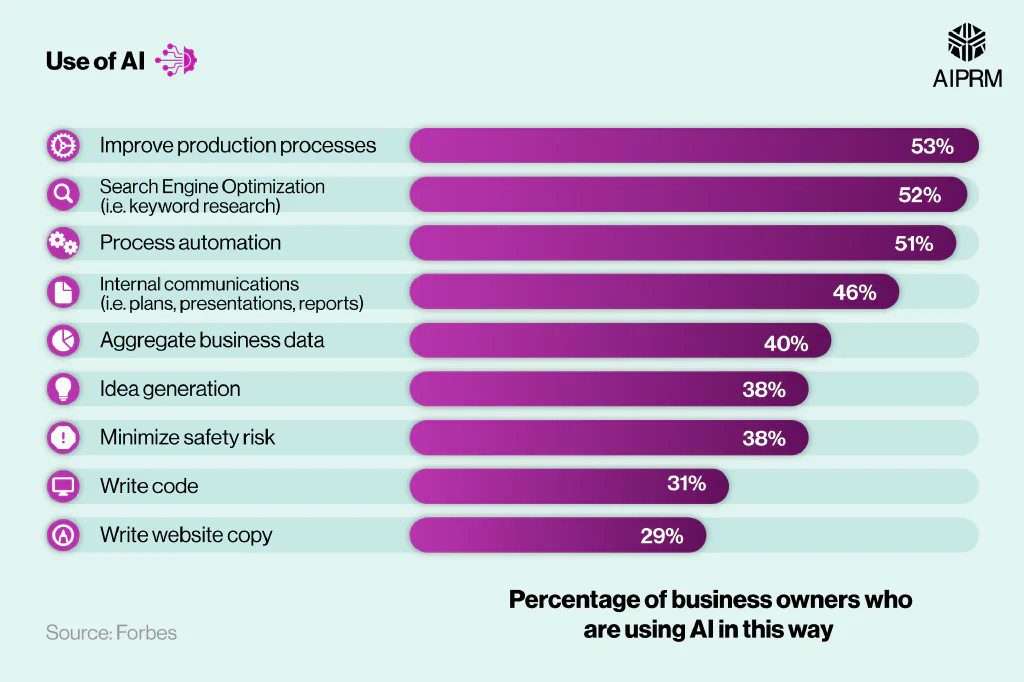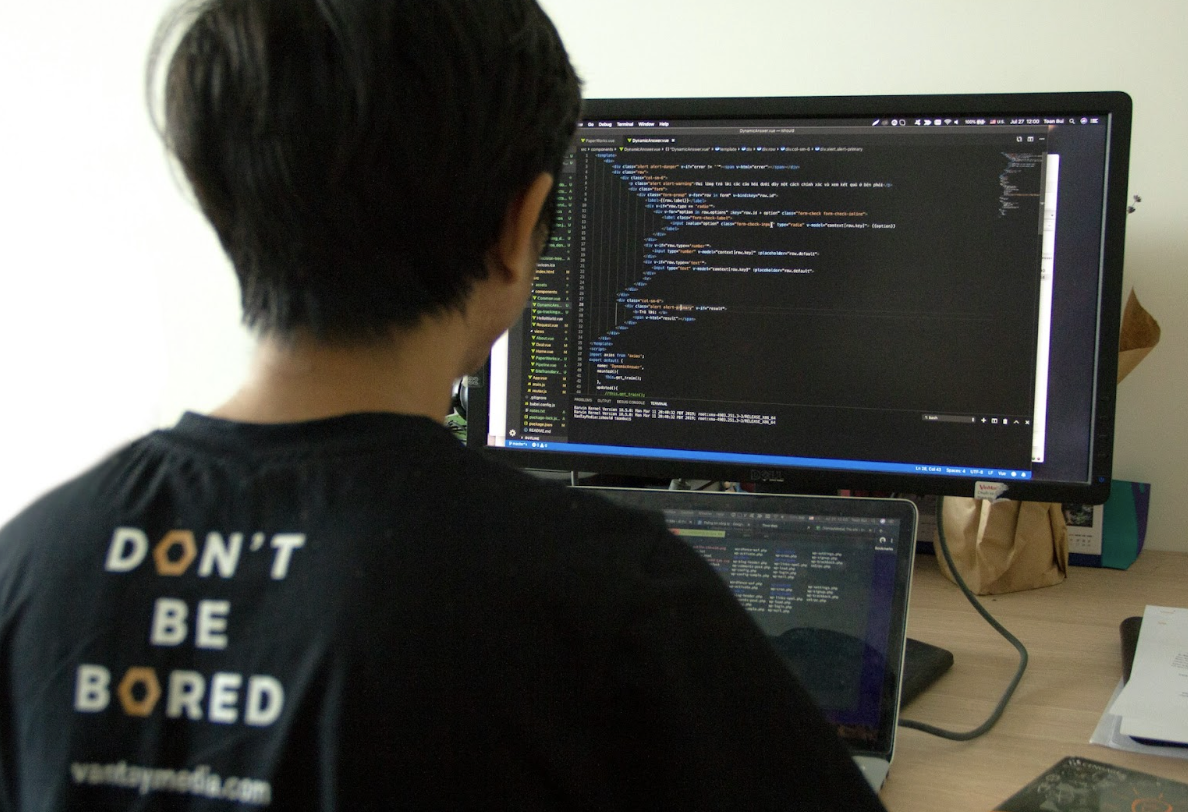 News
News
AI has now become the darling of every conference, headline, and investor pitch. “AI can replace developers,” some argue. “It can automate entire software builds.” And while there’s truth in its growing role, the reality is different when you look at long-term software projects. A serious software product is not a quick sprint or a flashy prototype; it’s a marathon that demands commitment, adaptability, and quality over time.
AI may give you speed, but speed without direction leads to chaos. AI may generate code, but code without context quickly becomes a liability. Long-term projects require something AI cannot give: human relationships, accountability, and vision. That’s where nearshore development enters the picture. Nearshore teams may not dominate headlines the way AI does, but they offer a more grounded, sustainable, and trustworthy path for businesses that want to build lasting products. Let’s have a look at nearshore development VS AI in more detail!
Real Human Connection and Collaboration
Time Zone and Cultural Alignment.
One of the strongest arguments for nearshore development is the ease of collaboration. With nearshore teams, you’re not battling time zones that stretch communication to awkward hours. Meetings can happen during your working day, not in the middle of the night. Feedback loops are faster, and issues can be addressed almost instantly. This synchronicity matters more than people often realize. In a long-term project, the ability to quickly align with your team and make collective decisions can save weeks of wasted effort.
There’s also the cultural factor. Nearshore teams are often located in regions with similar work practices, communication styles, and business ethics. That means fewer misunderstandings, smoother project management, and a shared sense of professionalism. They aren’t just task executors; they’re collaborators who understand your context.
What AI Cannot Deliver.
AI doesn’t understand your culture. It doesn’t care about your business goals or your unique challenges. Sure, it can suggest a piece of code in milliseconds, but it can’t sit in a brainstorming session, challenge your assumptions, or adapt based on company culture. Collaboration is about empathy, insight, and relationships. Nearshore teams bring that human connection to the table.
Built-In Agile Compatibility
Working in Real-Time Sprints.
Agile methodologies dominate modern development, and for good reason. They allow flexibility, quick iteration, and constant improvement. Nearshore developers fit perfectly into this model. They can join daily stand-ups, actively participate in sprint reviews, and contribute during retrospectives. Because they work in your time zone, they aren’t lagging behind in communication. When an issue arises, they are there to fix it immediately, not hours later.
This active participation is what makes agile successful. Long-term projects often pivot based on new market demands, user feedback, or emerging technologies. Having a team that can adapt quickly ensures that your software remains competitive and relevant.
Why AI Falls Short in Agile.
AI tools don’t integrate into agile practices the way humans do. They cannot brainstorm in planning meetings, prioritize backlog items, or debate technical trade-offs. They execute tasks in isolation, without understanding the project’s broader vision. Agile thrives on communication and adaptation, both of which require human judgment. AI can help automate repetitive steps, but it cannot replace the fluid teamwork that agile demands.
Quality, Maintenance, and Long-Term Ownership
Avoiding Technical Debt.
AI can be an excellent assistant for writing snippets or generating prototypes, but when it comes to building a maintainable, long-term codebase, it often creates more problems than it solves. AI code generation lacks consistency and context. It might produce something that works today, but it may not follow best practices or integrate smoothly with your existing architecture. Over time, this leads to technical debt, a hidden cost that grows larger the longer you ignore it.
In long-term projects, technical debt can cripple progress. Teams spend more time fixing broken foundations than innovating. With AI-generated code, the risk of running into these problems skyrockets because it does not think in terms of architecture, scalability, or future-proofing.
Human-Driven Quality.
Nearshore teams write code with your product’s long-term vision in mind. They adhere to coding standards, use version control responsibly, and make decisions that support scalability. More importantly, they understand the why behind the code. They know what the software is trying to achieve, how it will be used, and what trade-offs are acceptable. This institutional knowledge is critical for maintenance and future updates. AI simply cannot provide that continuity.
Cost-Effectiveness Without Compromising Trust
Balanced Cost and Value.
One of the misconceptions about nearshore development is that it’s expensive. In reality, it strikes the perfect balance between cost savings and quality. Hiring nearshore developers often costs 30 to 70 percent less than building an onshore team. That difference can be reinvested into product development, marketing, or customer acquisition. At the same time, you don’t lose out on quality or alignment. You still get professionals who understand your business and can collaborate effectively.
Hidden Costs of AI.
AI may seem cheap at first glance. After all, why hire a developer when an AI can generate code in seconds? But the hidden costs become apparent quickly. AI-generated code often requires extensive review, debugging, and rewriting. This means your senior developers spend more time fixing problems than focusing on innovation. What looked like cost savings at first turns into an expensive cycle of rework. In long-term projects, this inefficiency adds up fast.
Risk Mitigation and IP Security
Legal and Compliance Alignment.
For businesses, security and compliance are not optional. They are essential. Nearshore development offers a level of accountability that AI services cannot. Contracts are enforceable, NDAs protect your intellectual property, and regulatory alignment ensures your software doesn’t face unexpected legal hurdles. Many nearshore regions also share similar data protection standards, which makes compliance easier.
Data Risks with AI Services.
When you use AI services, especially third-party platforms, you often have little control over how your data is stored or used. Some AI models are trained on publicly available code, raising questions about licensing and ownership. Can you confidently say the code AI generated is free of copyright issues? What happens if sensitive business logic is inadvertently exposed to a cloud-based AI system? These risks are not hypothetical. With nearshore teams, you at least know who is handling your data, under what rules, and with what accountability.
Expanding Teams as Needed.
Long-term projects rarely remain static. As your product grows, you’ll need to expand your team. Nearshore vendors give you access to a wide talent pool, making it easy to scale up without starting recruitment from scratch. Whether you need QA testers, DevOps engineers, or UI/UX specialists, you can add them quickly and seamlessly to your existing team.
Why AI Cannot Scale Strategy.
AI may help write more code as you scale, but scaling is not just about producing more lines of code. It’s about strategic planning, integration, and coordination. Expanding a project requires people who understand the bigger picture and can align their work with long-term goals. AI cannot provide that level of strategic thinking.
Cultural Fit, Trust, and Relationships
Building Partnerships.
Software development is technical and relational. Long-term projects succeed when teams build trust and align with your vision. Nearshore teams can do that. They work closely with you, understand your business goals, and adapt as those goals evolve. This sense of partnership turns them into more than contractors. They become stakeholders in your success.
A Human Touch That AI Lacks.
AI is transactional. It provides an output when prompted, but it does not care whether your product succeeds or fails. Nearshore developers bring a human touch that AI cannot. They push back when necessary, suggest improvements, and bring creative ideas to the table. They complete tasks and contribute to the overall vision of your project.
Long-Term Continuity vs One-Off Automation
Why Continuity Matters.
Long-term projects need continuity. You need people who understand past decisions, technical trade-offs, and evolving user requirements. Nearshore developers provide this continuity because they stick with the project for months or years. Their accumulated knowledge ensures stability and smooth progression.
AI as a Temporary Tool.
AI cannot carry knowledge forward. Every interaction is isolated. It cannot remember why a certain architectural decision was made, or why a specific feature was prioritized. This lack of continuity makes it unsuitable for projects that span years. AI works best as a supportive tool for repetitive or isolated tasks, not as the backbone of long-term development.
Why AI Should Be a Tool, Not a Replacement
It’s important to recognize that AI does have a role to play. It can be used to automate boilerplate code, suggest quick fixes, or speed up repetitive tasks. But it should never be mistaken for a replacement for developers, especially in long-term projects. The best approach is to use AI as an assistant while relying on nearshore developers to drive the real progress. This combination offers the efficiency of automation and the reliability of human oversight.
Key Reasons to Choose Nearshore Over AI
⇒ Real-time collaboration that builds true teamwork
⇒ Natural integration into agile workflows
⇒ Higher code quality and reduced technical debt
⇒ Cost savings without compromising trust
⇒ Clear legal safeguards and IP protection
⇒ Scalable teams that grow with your project
⇒ Cultural alignment and lasting partnerships
⇒ Long-term continuity for evolving products
Building the Right Partnerships for the Long Run
Long-term software projects demand more than lines of code. They demand trust, consistency, and people who care about your success as much as you do. That’s exactly what we focus on at Blue Coding. By connecting companies with top nearshore developers across Latin America, we help businesses build sustainable, scalable, and reliable software solutions that stand the test of time. We’re not here to sell shortcuts. We’re here to help you find the right people, build strong teams, and ensure your project has the continuity it needs to thrive well into the future. If you’re ready to explore how nearshore development can give your business an edge over relying solely on AI-driven services, contact us today, and let’s talk about your goals on a free discovery call.




